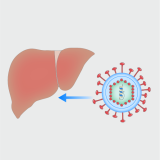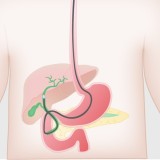Dina Tiniakos, MD, PhD, FRCPath is Professor of Pathology, Aretaieion Hospital, National & Kapodistrian University of Athens, Greece and senior academic at the Translational and Clinical Research Institute, Faculty of Medical Sciences, Newcastle University, UK. She specialises in digestive diseases and her primary expertise is liver pathology with a research focus on fatty liver disease, autoimmune liver diseases and liver cancer. She is Past President of the European Society of Pathology (2019–2021).
Laurent Castera, MD, PhD is Professor of Hepatology at Hôpital Beaujon, Université Paris Diderot, Clichy, France. His clinical and research interests include noninvasive tests for evaluation of liver disease severity and nonalcoholic fatty liver disease. He was President of the European Association for the Study of the Liver (EASL) from 2015 to 2017.






Please log in with your myUEG account to post comments.